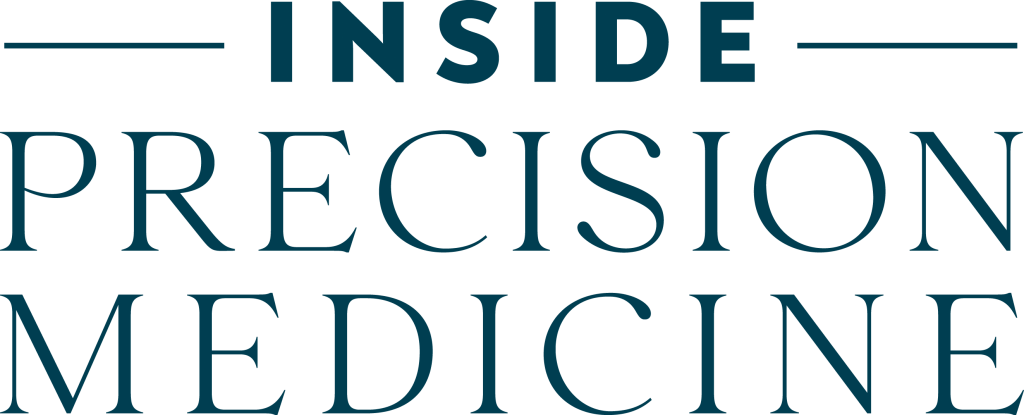
Pancreatic cancer is one of the deadliest malignancies and has limited therapeutic options. Nearly 52,000 people are estimated to die from it annually in the U.S. It’s a desperate situation.
What if we could make about half those patients eligible for an effective treatment—radiation, that is underused because it can be dangerous depending on where the tumor is located?
One problem is that pancreatic tumors are often near critical organs such as the small intestine, that complicates treatment. High-dose radiation therapy often leads to severe gastrointestinal toxicity. Patients with tumors that are not surgically removable have few therapeutic options.
Now, scientists including Rice University chemist James Tour, PhD, have introduced a targeted nasal delivery method that may make this possible. WR-2721, generically known as amifostine, is a radioprotective prodrug historically administered intravenously. The targeted nasal approach, now progressing to phase I and II clinical trials, aims to protect healthy tissue from radiation damage while improving outcomes for patients.
Building on earlier research by Tour, the T.T. and W.F. Chao Professor of Chemistry at Rice, and subsequent collaborations with the University of Texas MD Anderson Cancer Center and Xerient—a biotech startup founded with Rice and MD Anderson in 2019—scientists are taking a promising path forward.
“We’re pushing the boundaries of radiation treatment while safeguarding healthy tissue,” Tour said. “This breakthrough will hopefully soon help patients who previously had limited options in treatment.”
The journey began with Tour’s nearly two-decades-old research funded by the Defense Advanced Research Projects Agency, which explored nanoparticle solutions for radiation poisoning in nuclear fallout scenarios. Over time, this work inspired the repurposing of amifostine, originally developed at the Walter Reed Medical Center in the 1970s and approved by the U.S. Food and Drug Administration for intravenous use to prevent damage to surrounding tissue when a tumor is treated with radiation.
While intravenous amifostine effectively protects healthy tissues during radiation therapy, its side effects, including nausea and hypotension, have limited its adoption. But Tour’s team showed that oral administration could selectively shield the gastrointestinal tract from radiation while reducing adverse effects. However, this was not practical as stomach acids degrade the drug before it reaches the intestines.
Preclinical studies in mouse models revealed groundbreaking results: Mice treated with oral amifostine and simulated radiotherapy achieved a 100% survival rate after 10 days, while untreated mice succumbed. In a pancreatic tumor model, the combination of amifostine and stereotactic body radiotherapy nearly tripled survival time in mice, which if translated to humans could be an enormous breakthrough, adding years of survival to patients.
Expanding upon these findings, a new delivery method developed by Xerient uses either a nasoduodenal tube or a coated oral tablet designed to bypass stomach acids. These deliver amifostine directly to the duodenum, the upper part of the gastrointestinal tract. This targeted approach delivers the drug to the exact location where it shields healthy cells from radiation damage without causing systemic side effects.
“The duodenum is particularly vulnerable during radiation therapy for pancreatic cancer,” said Guy Yachin, co-founder and CEO of Xerient. “Our method protects this critical area while enabling aggressive treatment of pancreatic tumors.”
High-dose radiation has shown promise in improving survival rates for patients with unresectable pancreatic cancer, according to multiple studies at leading institutions. Doses above 45 Gy, the international system of units for measuring radiation dosage, can harm the gastrointestinal tract. However, the scientists found that significantly higher doses are often necessary to eradicate pancreatic tumors effectively.
“High-dose radiation has always been an option in theory, but we’ve lacked the tools to protect the surrounding healthy tissues,” Yachin said. “This innovation could finally make that option a reality.”
The team plans to initiate phase I and II clinical trials to evaluate the safety and efficacy of the ND tube delivery method to ensure precise administration of the drug to the duodenum, expediting its clinical translation.
“The nasogastric delivery system offers several advantages, including precise drug delivery and activation and reduced idle radiation machine time,” Yachin said, adding that for future use and other indications, Xerient is also developing an oral pill to enhance patient convenience.
Beyond pancreatic cancer, amifostine could enable high-dose radiation therapy for other abdominal and pelvic cancers, including hepatobiliary tumors and metastatic abdominal diseases.
“We’re repurposing a known drug to address an unmet clinical need,” Tour said. “This innovation can potentially extend cancer treatment and radiation protection, saving lives in scenarios where other methods are ineffective.”















